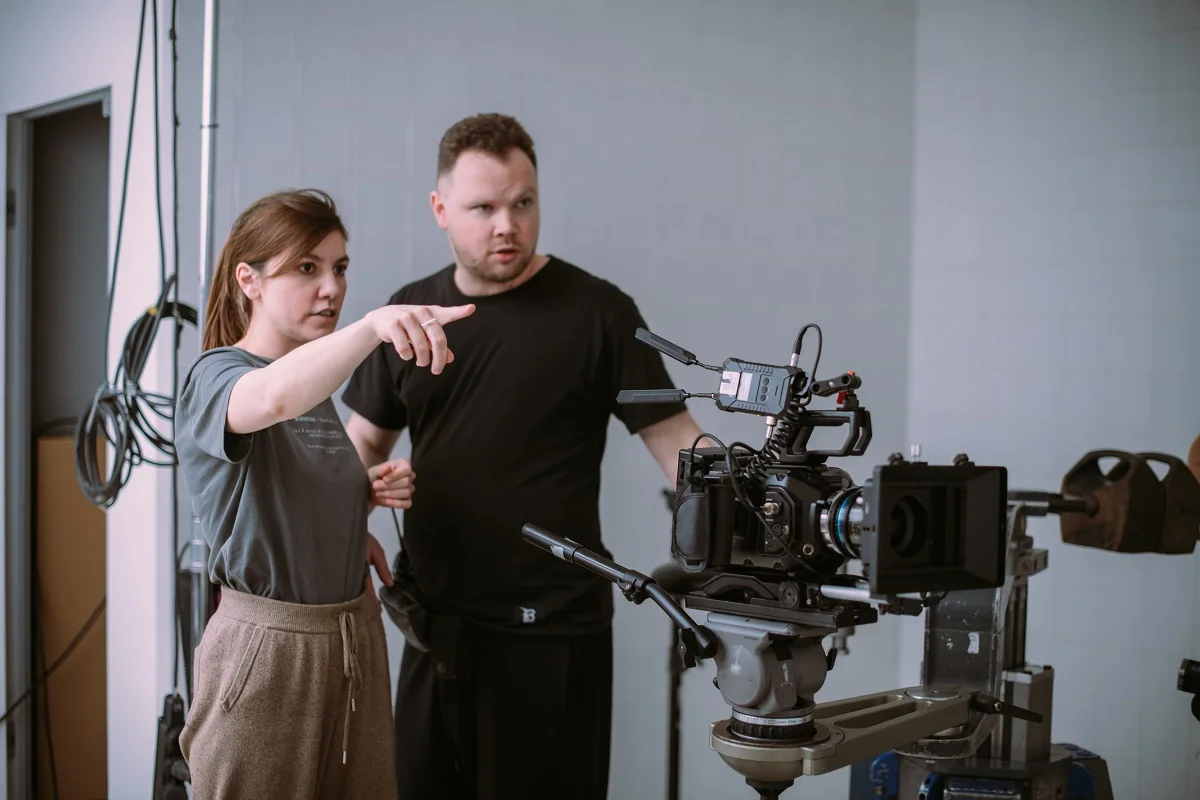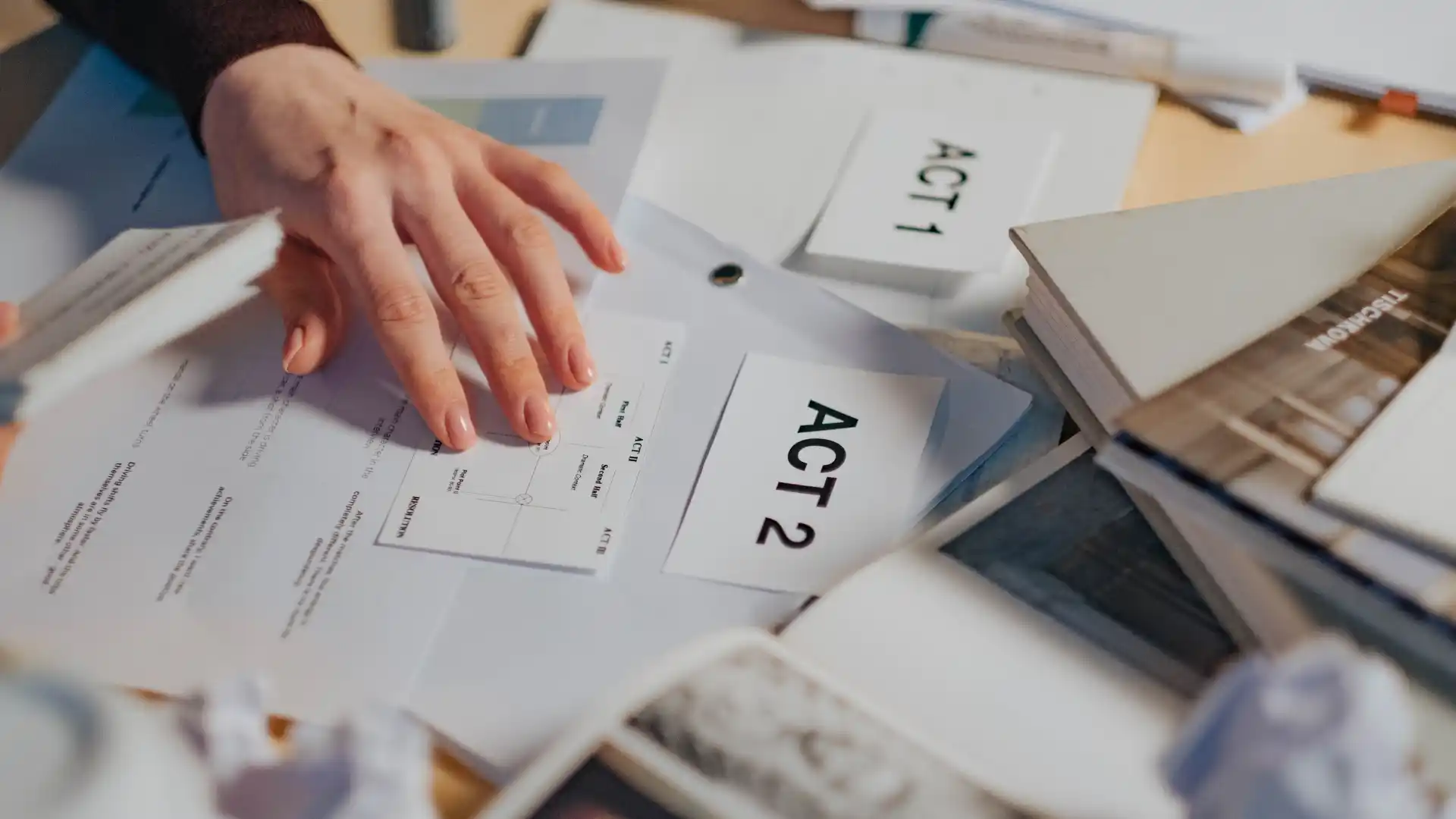Boot design is a fascinating and intricate aspect of the footwear industry, blending creativity with functionality to create stylish and comfortable footwear options for consumers. From classic leather boots to trendy fashion statements, the world of boot design offers a diverse range of opportunities for designers and enthusiasts alike.
Evolution of Boot Design
The history of boot design dates back centuries, with boots initially serving as practical footwear for protection and warmth. Over time, boots evolved to encompass various styles, materials, and designs, reflecting changes in fashion trends and cultural influences. From the iconic cowboy boots of the Wild West to the sleek and sophisticated Chelsea boots popular in urban settings, the diversity of boot designs showcases the versatility and creativity of footwear designers.
Elements of Successful Boot Design
Successful boot design requires a careful balance of form and function, combining aesthetics with comfort and usability. Designers must consider factors such as materials, construction techniques, heel height, sole design, and overall silhouette to create boots that are not only visually appealing but also functional and comfortable for wearers. Attention to detail, craftsmanship, and a keen understanding of consumer preferences are essential in the creation of standout boot designs that resonate with target audiences.
Trends in Boot Design
The world of fashion is constantly evolving, and boot design is no exception. Each season brings new trends and innovations in boot styles, colors, and embellishments. From chunky combat boots to sleek over-the-knee designs, designers draw inspiration from a variety of sources, including runway shows, street style, and cultural movements. Keeping up with the latest trends and infusing creativity and originality into designs is key to staying relevant and competitive in the ever-changing landscape of boot design.
The Role of Technology in Boot Design
Advancements in technology have revolutionized the way boots are designed and produced. CAD software allows designers to create intricate 3D models and prototypes, streamlining the design process and enabling more precise customization. Additionally, innovative materials and manufacturing techniques have expanded the possibilities for boot design, offering opportunities to experiment with sustainable materials, ergonomic designs, and cutting-edge features that enhance both aesthetics and performance.
Career Opportunities in Boot Design
The field of boot design offers a wide array of career opportunities for individuals passionate about footwear and fashion. From entry-level positions to senior roles, aspiring designers can explore various paths within the industry. Some of the top jobs in boot design include:
- Footwear Designer: Footwear designers are responsible for conceptualizing and creating designs for boots and other types of shoes. They work closely with design teams, trend forecasters, and manufacturers to bring their creative visions to life.
- Materials Specialist: Materials specialists focus on sourcing and selecting the best materials for boot design, considering factors such as durability, comfort, and sustainability. They stay updated on the latest material innovations and trends to ensure high-quality and innovative designs.
- Pattern Maker: Pattern makers translate design sketches into detailed patterns that serve as the blueprint for constructing boots. They play a crucial role in ensuring proper fit, comfort, and functionality in the final product.
- Product Developer: Product developers oversee the entire production process of boots, from design concept to final product. They collaborate with designers, manufacturers, and quality control teams to ensure that boots meet design specifications and quality standards.
- Brand Manager: Brand managers focus on creating and maintaining a strong brand identity for boot designs. They develop marketing strategies, oversee brand messaging, and cultivate relationships with consumers to drive brand awareness and loyalty.
- Retail Merchandiser: Retail merchandisers are responsible for showcasing boots in retail stores, creating visually appealing displays, and optimizing product placement to attract customers and drive sales.
- Sourcing Specialist: Sourcing specialists work with suppliers to procure materials and components for boot production. They negotiate contracts, monitor quality control processes, and ensure timely delivery of materials to meet production deadlines.
- Fashion Buyer: Fashion buyers select and purchase boots for retail stores or online platforms. They analyze market trends, consumer preferences, and sales data to curate a collection of boots that align with the brand’s aesthetic and target audience.
- Footwear Technologist: Footwear technologists focus on the technical aspects of boot design, such as construction methods, material performance, and comfort features. They collaborate with designers to ensure that boots meet functional requirements and quality standards.
- Marketing Specialist: Marketing specialists develop and execute marketing campaigns to promote boot designs and drive consumer engagement. They utilize various channels, such as social media, advertising, and events, to raise brand awareness and generate interest in new boot collections.
Conclusion
Boot design is a dynamic blend of creativity, craftsmanship, and technology. From its practical origins to its current role as a fashion statement, boot design has continuously evolved to meet changing consumer tastes and cultural trends. Today’s designers must skillfully balance style, comfort, and innovation while staying ahead of market trends and technological advancements.
The industry offers diverse career opportunities for those passionate about footwear, whether in design, development, marketing, or sourcing. As technology and consumer preferences continue to shift, boot design remains an exciting and ever-changing field.
Key Takeaways:
- Boot design combines creativity, functionality, and craftsmanship to create stylish, comfortable footwear.
- The evolution of boots reflects cultural influences and changing fashion trends over time.
- Successful boot designs require attention to materials, fit, comfort, construction, and aesthetic appeal.
- Trends in boot design are shaped by fashion shows, street style, and cultural movements, with styles like combat and over-the-knee boots gaining popularity.
- Technology, such as CAD software and innovative materials, plays a key role in modern boot design and production.
- Sustainable materials and ergonomic features are becoming increasingly important in the industry.
- Boot design offers varied career paths, including roles in design, product development, sourcing, merchandising, and marketing.
- Staying creative, adaptable, and up-to-date with trends is essential for success in the boot design field.
Understanding the evolution, elements, trends, and technology in boot design is crucial for success in this industry. Explore top jobs like Footwear Designer, Materials Specialist, and Brand Manager to kickstart a rewarding career in boot design. Consider enhancing your expertise with the FIT Footwear Business Foundations online course and certificate program.








